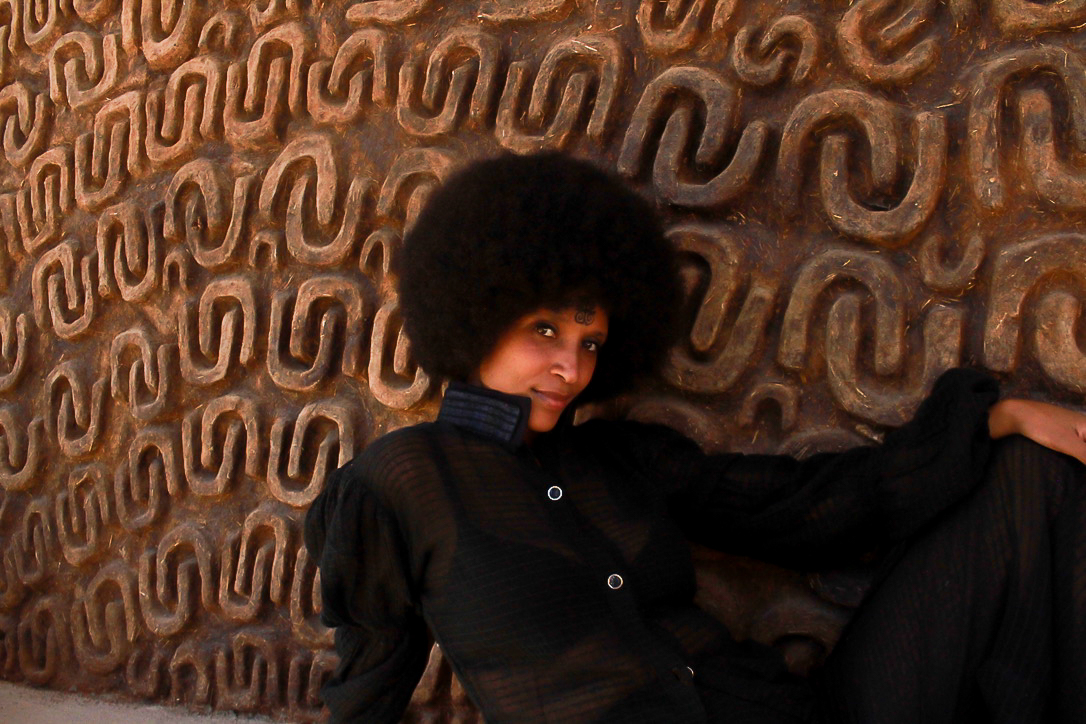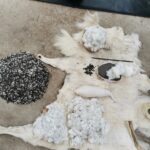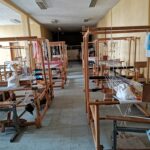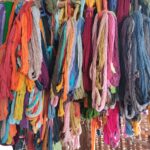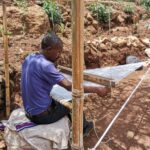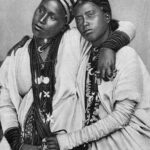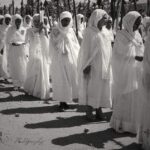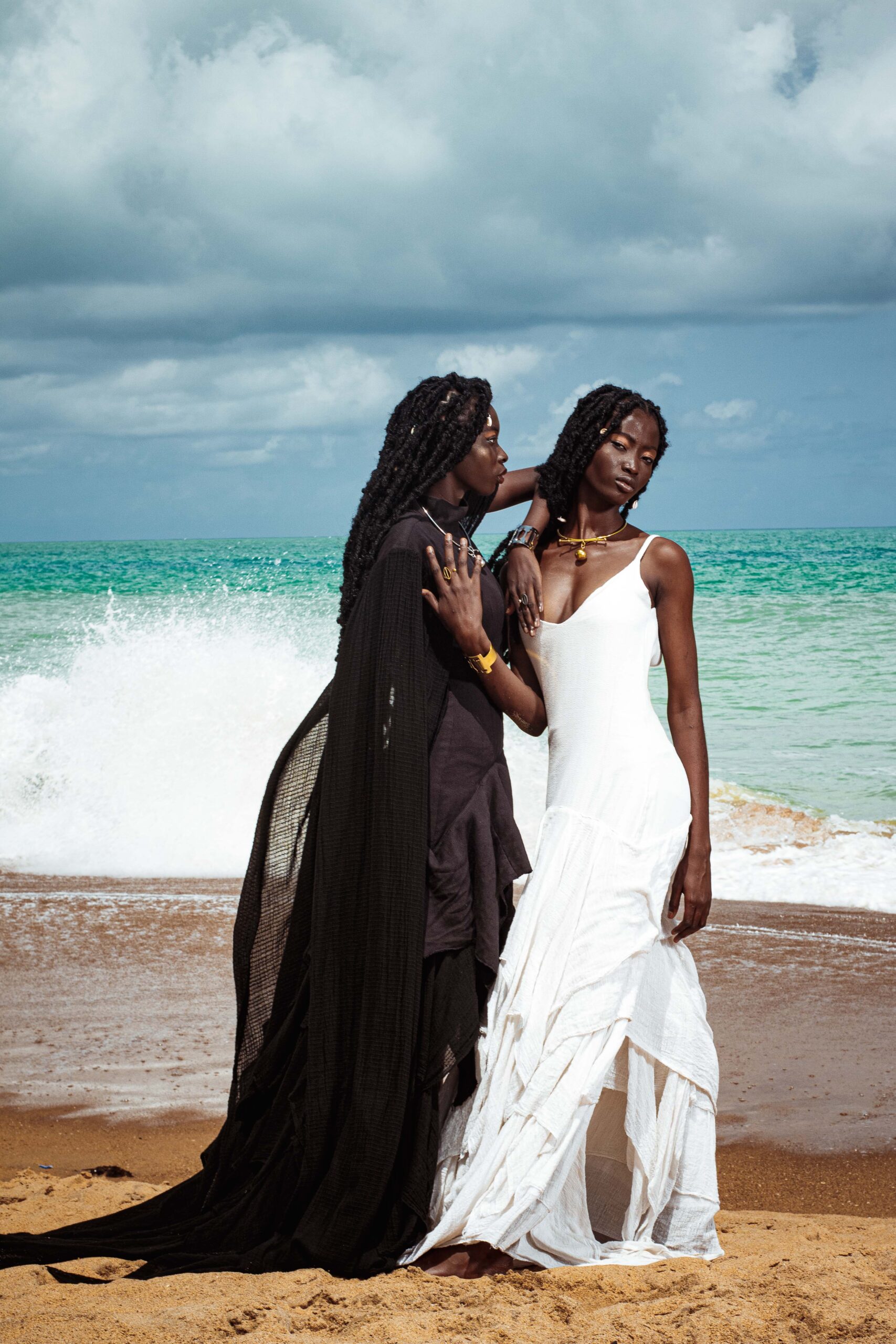Shemma is the term used to designate handwoven Ethiopian cotton. It was introduced with the influence of religion and the need for modesty, centuries ago. Shemma was historically woven by nomadic populations such as Muslims or Felashas (Ethiopian Jews) and worn by traditional and religious leaders. With time, however, Shemma was proudly adopted by the population as a whole for everyday clothing as well as ceremonial wear.
Afropian uses a variety of African handmade textiles and, being based in Addis Abeba, Ethiopia, we are fortunate to have access to a wealth of amazing Ethiopian weavers (aka the Shemmaneh).
We work with a cooperative of women weavers in Gulele, one of the neighborhoods of Addis. They used to be “donkey women”, which means that they would carry heavy loads of wood from the hills of Entoto to the markets of Addis Abeba (a dangerous and harrowing daily trek of up to 20 kilometers). The women received training from a Dutch NGO and funding from the Ethiopian government and are now a successful business that we are proud to work with.
When people think of Ethiopia, the beautiful white handwoven cotton women and men wear on a daily basis comes to mind. Shemma is that and so much more! There are many things we love about Ethiopian handwoven cotton, and here are 5:
- It is synonymous with community and family: Ethiopian handloomed cotton starts its life cycle in a countryside farm. The cotton is picked and spun into yarn by women (little girls are taught in most households by their grandmothers, in both rural and urban settings). The spun yarn then goes to the men who are traditionally the weavers, though more and more women are joining this trade for economic reasons.
- It is ethereal: you have probably seen pictures of religious celebrations with crowds of Ethiopians draped in Shemma. Do they not look otherworldly, light and pure? We love that!
- It is versatile: white cotton might seem basic and boring, but not Shemma! First, because it comes in all sorts of weights and textures to fit one’s needs: Gabi is the thicker weave that is used as blankets; Mennen is the gauze-like weave that women use as scarves and that we use to make our Victoria blouse; and, though Shemma is traditional, it lends itself to modern designs. It can be dyed or embellished with embroidery (hand embroidery, please!). Tilet, the Ethiopian jacquard, spices Shemma up, elevates it adds even more versatility and gives us the ubiquitous Netela. Also, many young Ethiopian designers are showing that Shemma can be turned into streetwear, office wear or every day wear.
- It blends well with other African textiles. Shemma, especially the Ethiopian Gabi, pairs well with other African textiles. Gabi is a lightweight but tightly woven, thick cloth that serves as a blanket during the long Ethiopian winter, or Kremt or during chilly summer evenings. It is traditionally white, it is wrapped around the body during the day and used as a blanket in bed during the night. It is reminiscent of Bogolan from Mali and that is why we paired the two to make our light and beautiful blankets and scarves known as Gabolan (Gabi+Bogolan).
- It is forever: contrarily to all other Subsaharan African countries, Ethiopia was never colonized and never suffered from erasure. It has preserved its culture, traditions, religion and art for millennia. That tells us Ethiopian Shemma will be here forever.
Stages of cotton One of the ladies spinning yarn in Addis The looms Dyed cotton yarn Man weaving in Dorze town Dorze scarves Then Now. Photo by Maddalena Valeri One of our Gabolan (Gabi+Bogolan) scarves Shemma looks so cool as streetwear material, by the talented Kunjina. Photo c/o Kunjina
